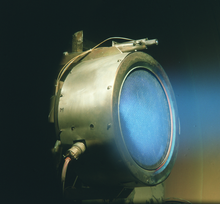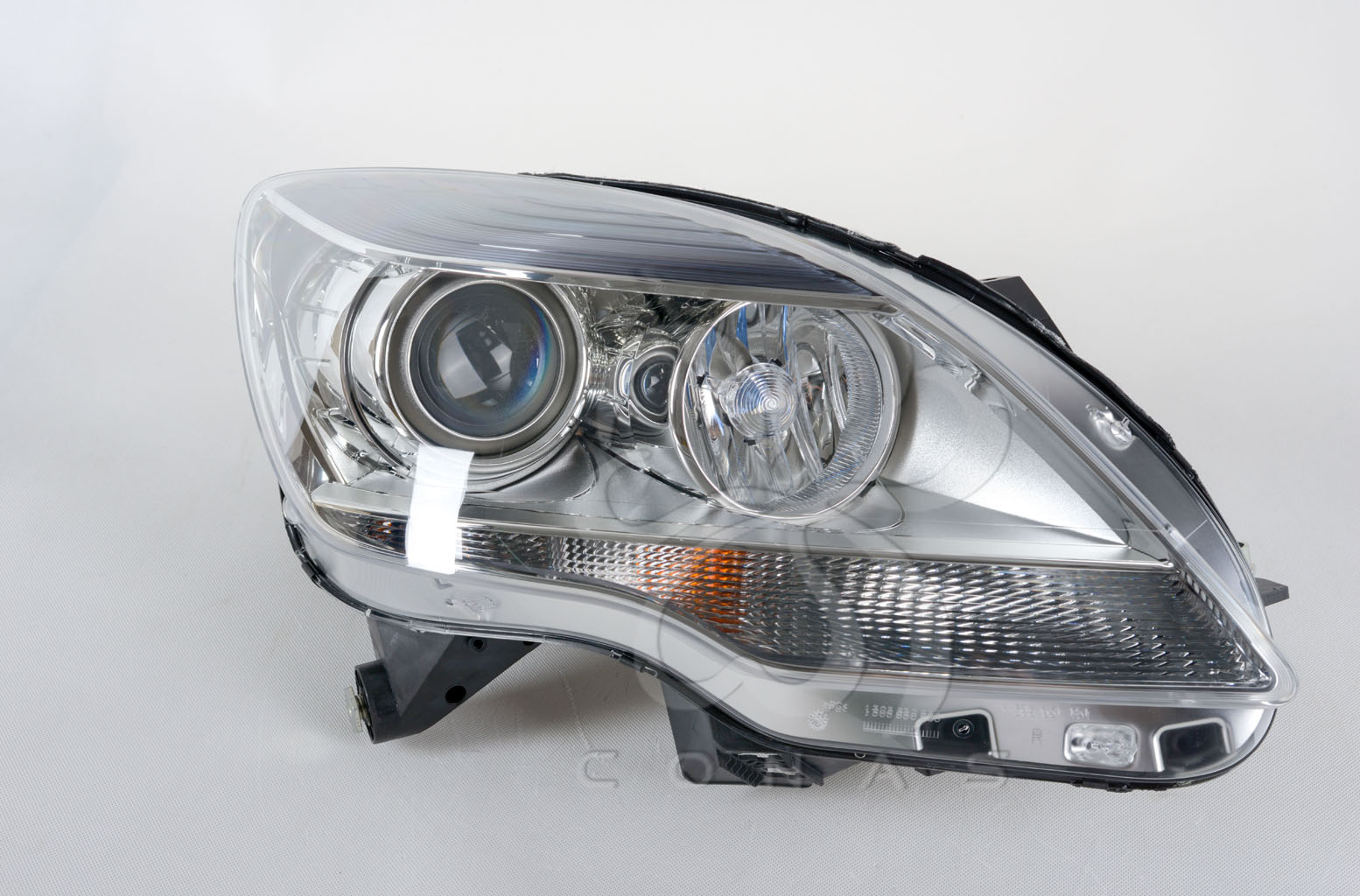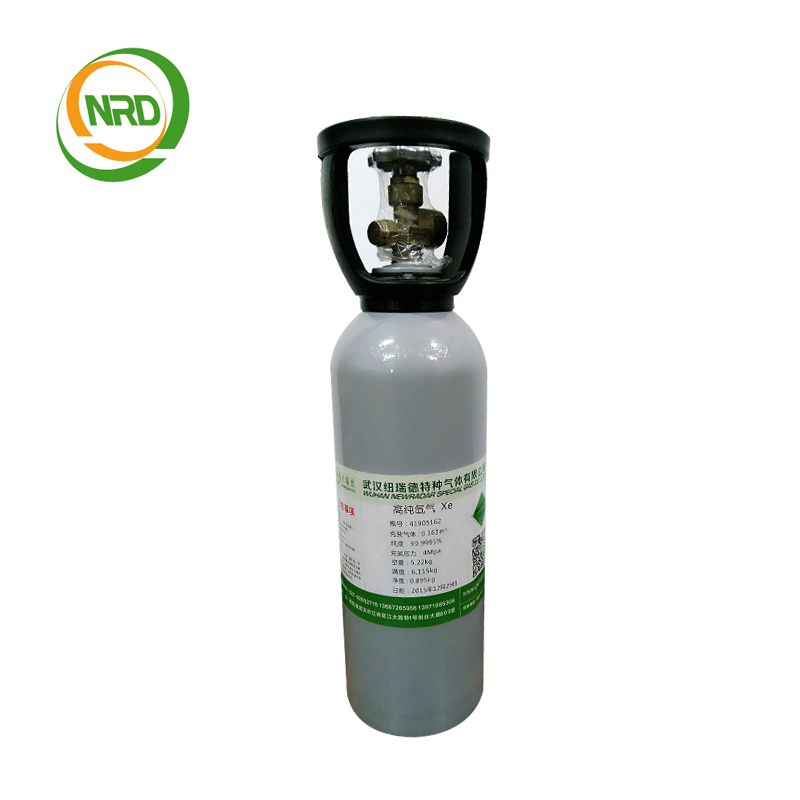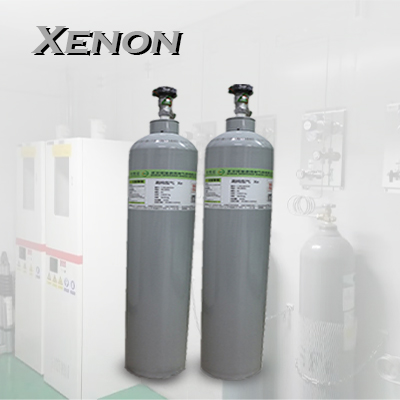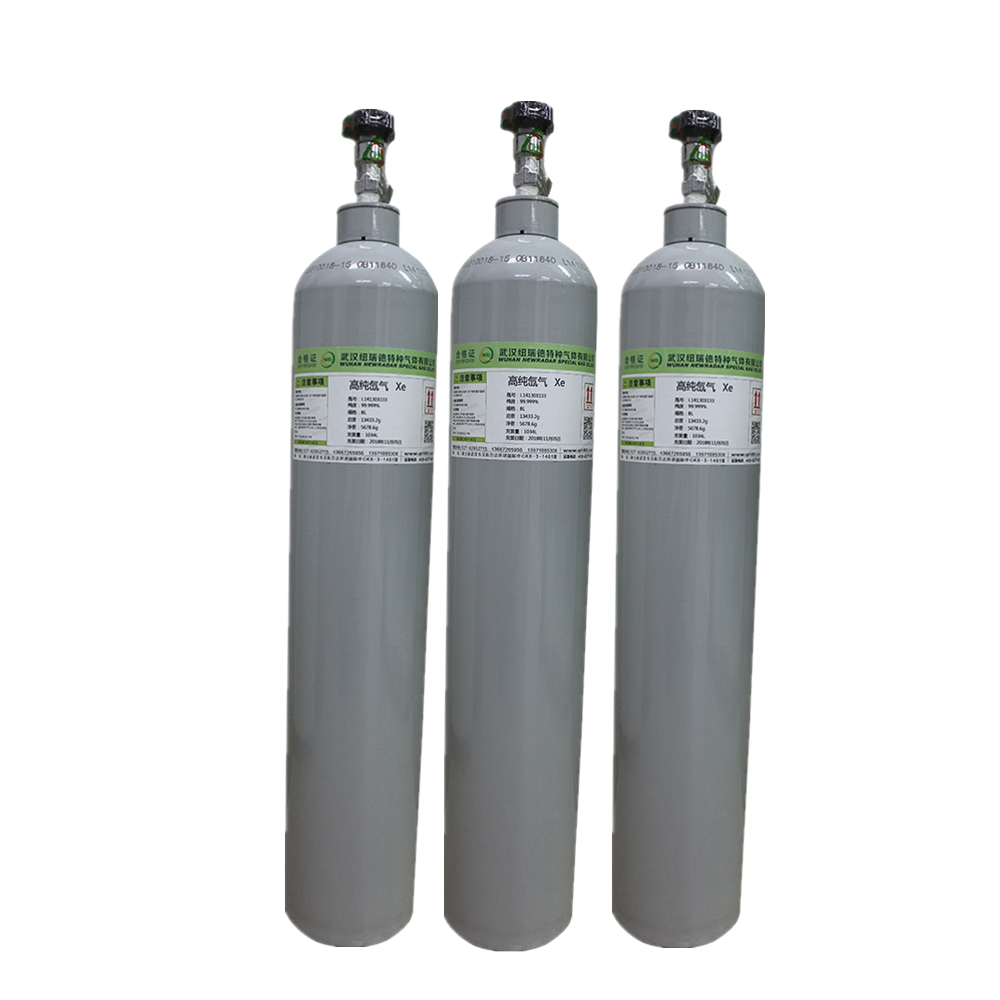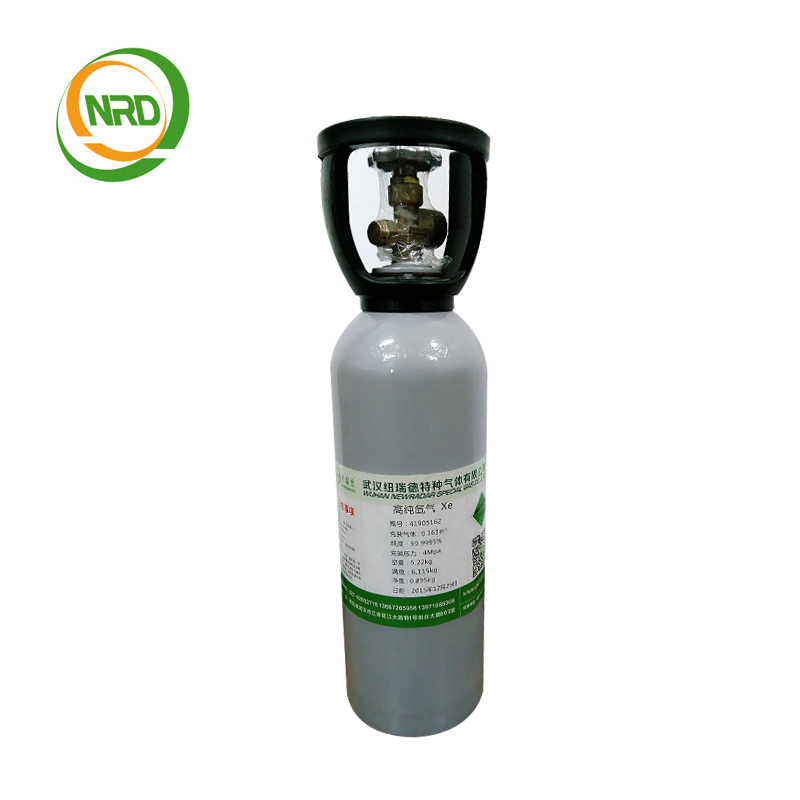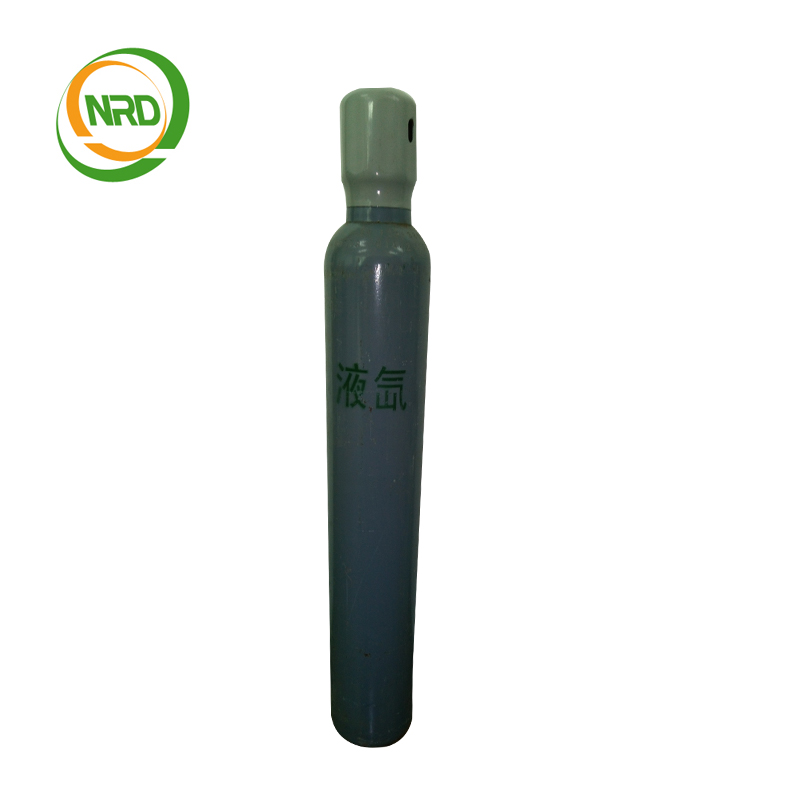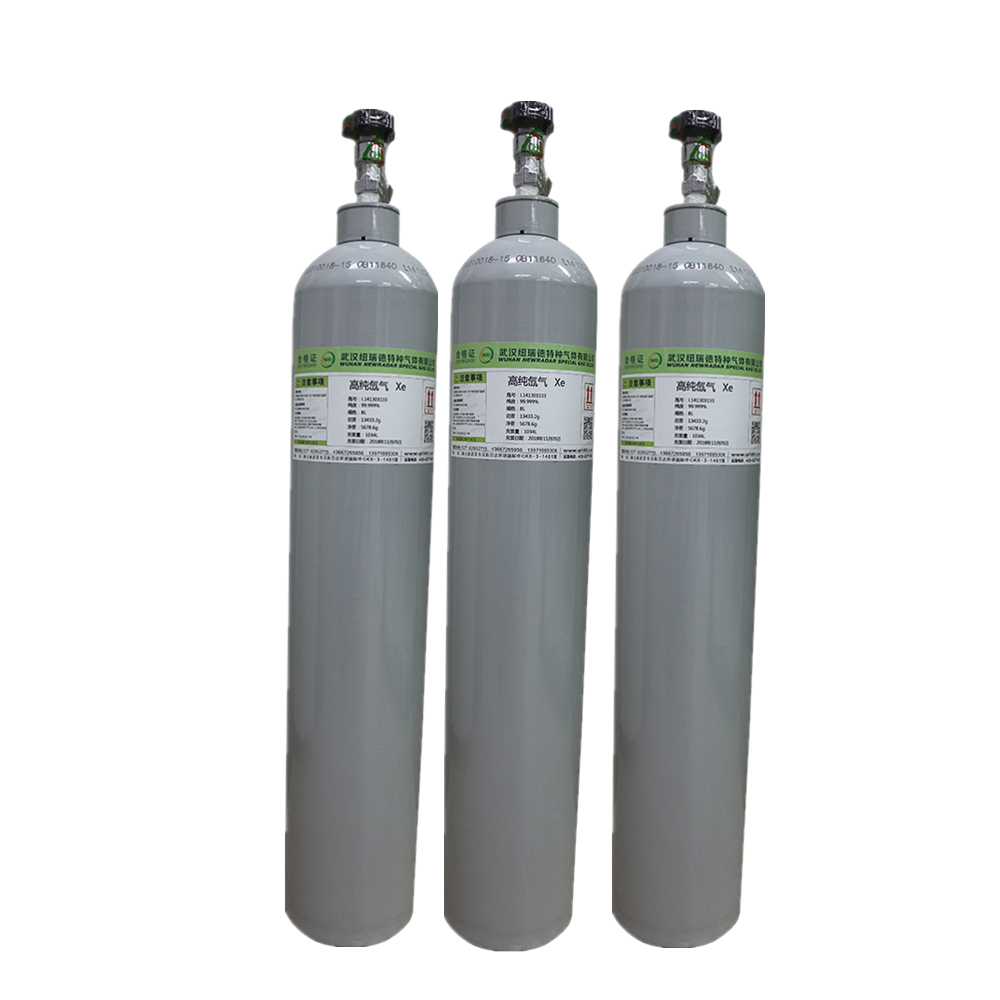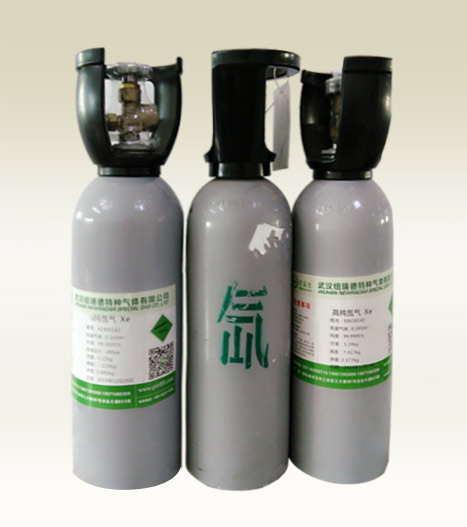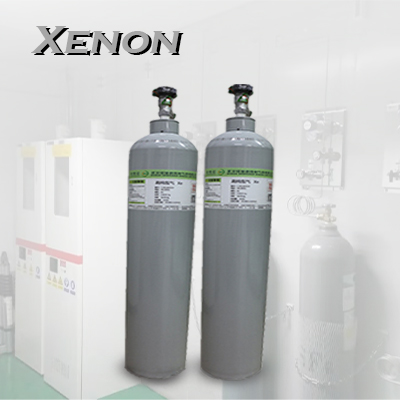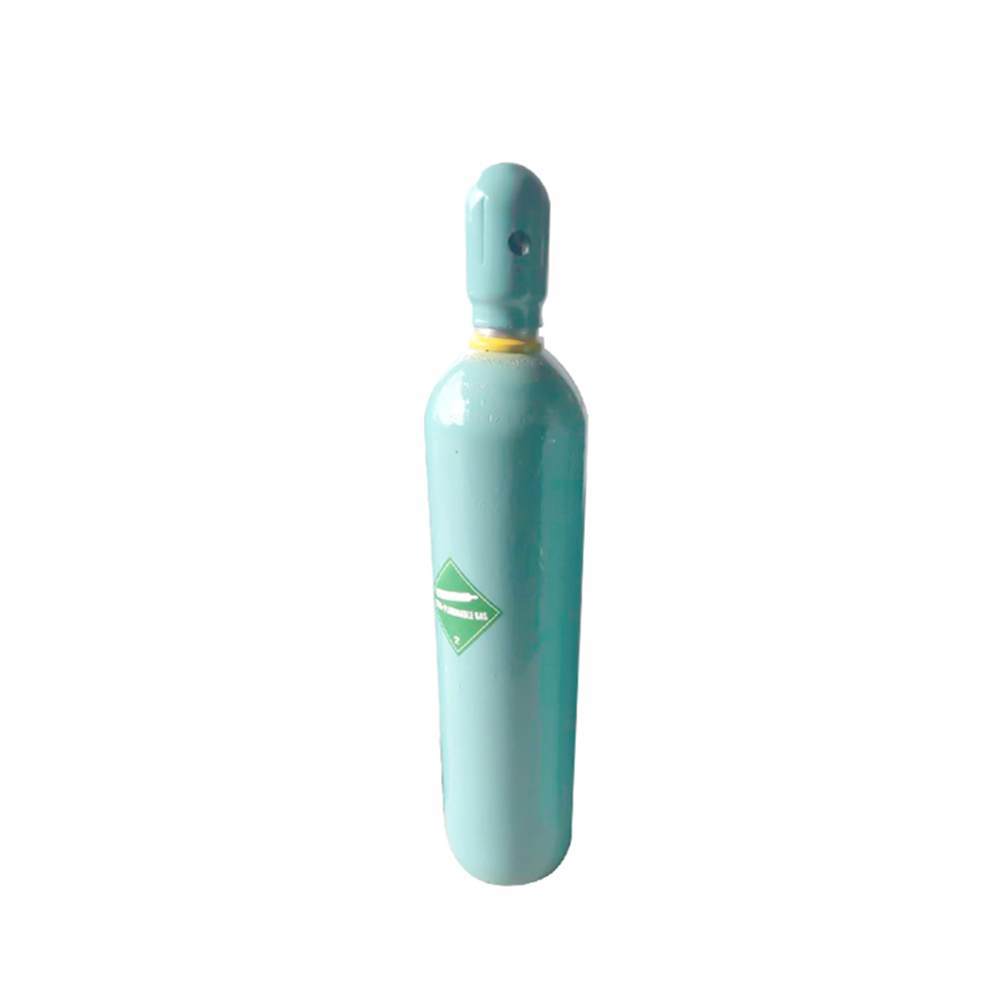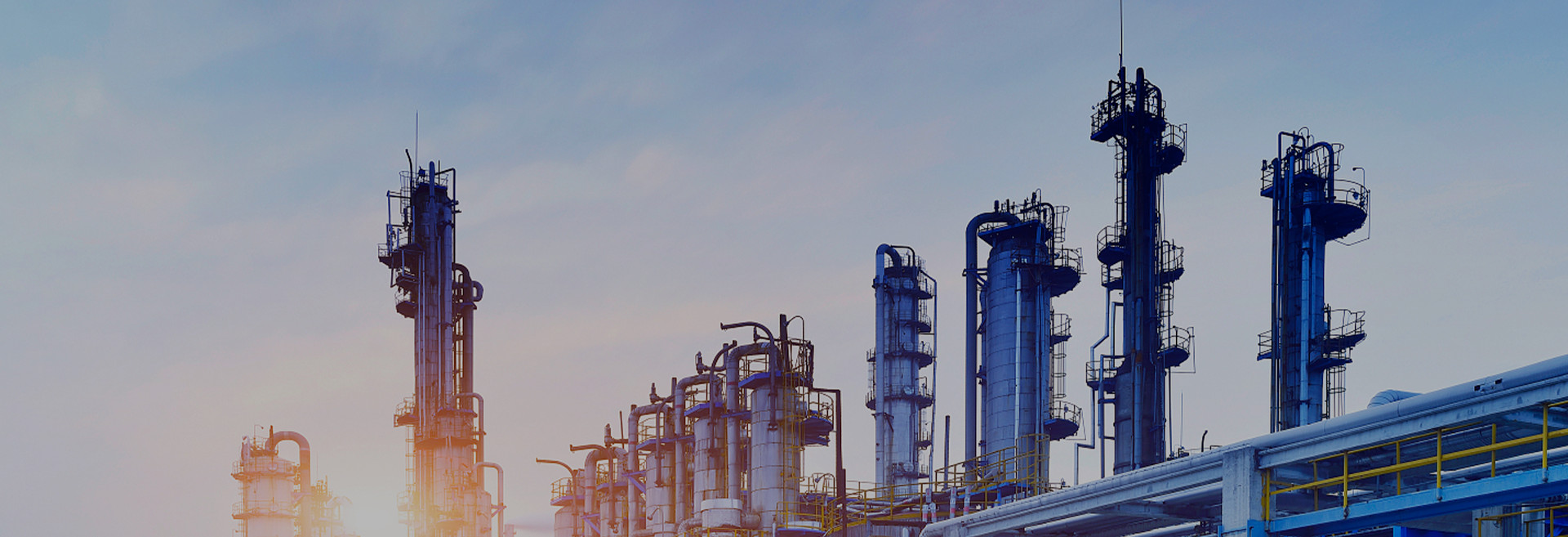
News
Learn more industry news
NEWS CENTer
Introduction to Xenon Gas Applications in Electronics
Xenon is a noble gas used in specialized electronic applications, particularly where its inertness and radiation interaction properties provide advantages. Some xenon properties: Chemically inert – As a noble gas, xenon resists chemical reactions that degrade electronic components. High density – Xenon is over 4 times dens...
View MoreIntroduction to Xenon Gas in Electric Light Sources
Xenon is an inert noble gas used in specialized electric lamps that can produce incredibly intense flashes of light. A few interesting properties of xenon: High atomic weight – Xenon atoms strongly absorb ultraviolet and visible spectrum light. Low ionization energy – Xenon atoms can be easily excited to luminous pla...
View MoreXenon Flash Lamps and Flashtubes
Two of the most common electric light sources leveraging xenon’s properties are flash lamps and flashtubes: Flash lamps: High-powered strobe lights producing very short, intense flashes. Used for professional photography, spectroscopy, lasers, solar simulation. Contain xenon gas pressurized up to ~1000 psi with quart...
View MoreXenon Applications in Vehicle Lighting
The brilliant luminance achieved by electrically exciting xenon gas has enabled major advances in transportation lighting: Automotive headlamps – Xenon HID (high intensity discharge) lamps provide 2-3x brighter headlight illumination. Motorcycle headlights – Compact xenon HID lamps offer robust lighting for two-wheel v...
View MoreXenon in Photography and Film Lighting
In addition to transportation uses, xenon’s bright discharge makes it ideal for photography and videography: Electronic camera flashes – Brief xenon tube flashes efficiently illuminate photographic subjects. Film studio strobe lights – Xenon lamps simulate daylight or create crisp shadows on movie sets. Specia...
View MoreToxicity and Biological Effects of Xenon Gas
While generally chemically inert, xenon does have some biological interactions that are important to consider for medical applications: Anesthetic effect – Xenon inhibits neurotransmitter receptors in the brain responsible for maintaining consciousness. Low acute toxicity – High doses cause oxygen deprivation but xenon h...
View MoreChallenges of Using Xenon Gas in Medicine
While promising, some practical hurdles remain in fully adopting xenon for routine medical applications rather than just specialized uses: Supply – Xenon‘s scarcity makes it challenging to source steadily for wider ongoing medical consumption. Cost – Current xenon prices restrict applications to high-value diagnost...
View MoreIntroduction to Xenon Gas Medical Applications
Xenon is an inert noble gas that has found some interesting uses in medicine that leverage its benign biological effects and anesthetic properties when inhaled. Some background on xenon: Non-toxic – Xenon has very low toxicity and tissue irritation levels unlike other anesthetic gases. Rapid onset – Xenon brings rapid ane...
View MoreThe Use of Xenon in Spacecraft Propulsion Systems
Xenon gas powers several key spacecraft propulsion systems that take advantage of its high molecular weight and inertness: Ion thrusters – Xenon is ionized and accelerated electrically to high velocity, enabling efficient stationkeeping. Hall effect thrusters – Xenon ions generate thrust for orbital maneuvers with minima...
View MoreXenon Applications in Lighting
Xenon‘s properties make it well-suited for advanced lighting technologies: Xenon arc lamps – High luminance white light sources used in cinema projection, automotive headlamps, and searchlights. Xenon flash lamps – Intense millisecond UV bursts for camera flashes, industrial UV curing, and stroboscopic scientific instr...
View MoreIntroduction to Xenon Gas Industrial Applications
Xenon is a noble gas element used in a variety of industrial applications that leverage its unique atomic properties. Some background on xenon: Rare noble gas – Occurs in trace atmospheric amounts. Commercial production involves air separation. Atomic weight 131 amu – Densest stable noble gas, over 4 times h...
View MoreFuture Outlook for Argon Fluoride Excimer Lasers
First developed in the 1970s, argon fluoride excimer lasers continue to take on expanding roles given their unique 193 nanometer wavelength output. What does the future hold for ArF technology? Next-generation lithography – ArF lasers are expected to enable further miniaturization down to sub-10 nanometer node semiconductor fabri...
View MoreINQUIRY FOR PRICE LIST
For inquiries about our products or pricelist ,please leave your email tous and we will be in touch within 24 hours.
Contact us now
